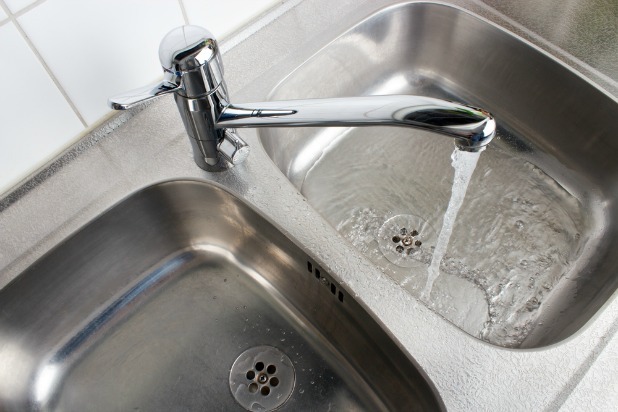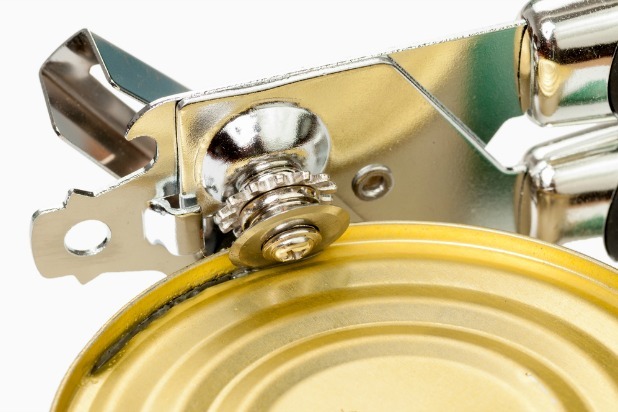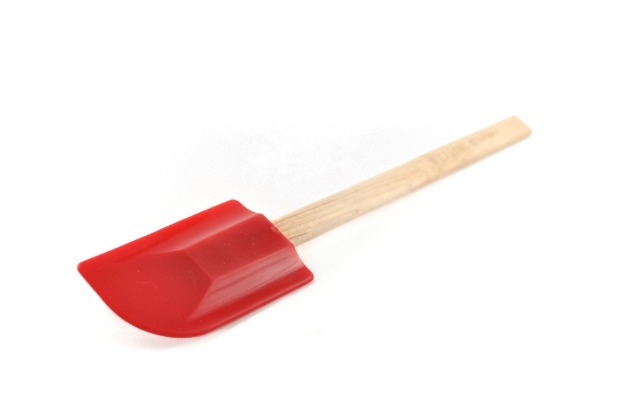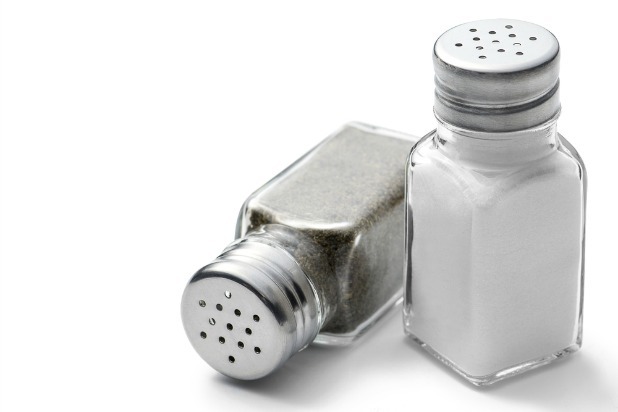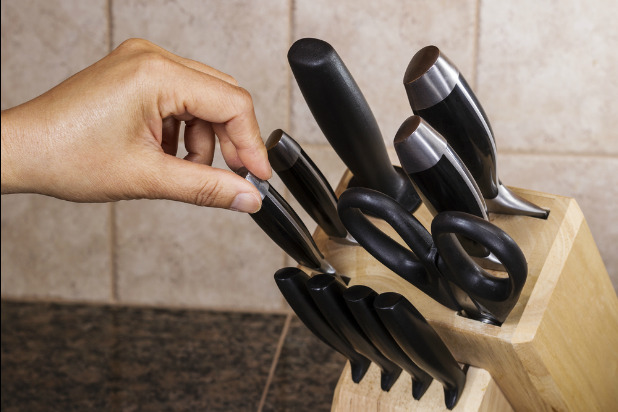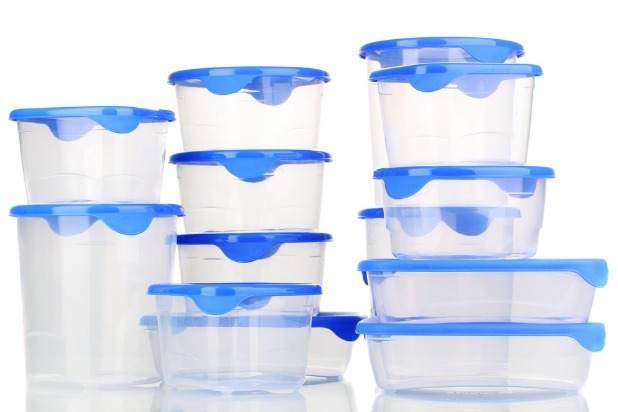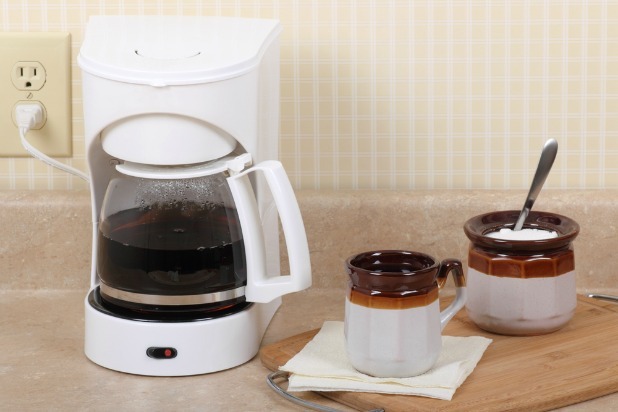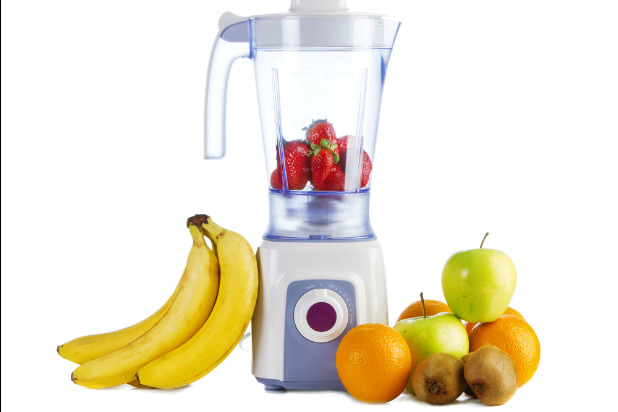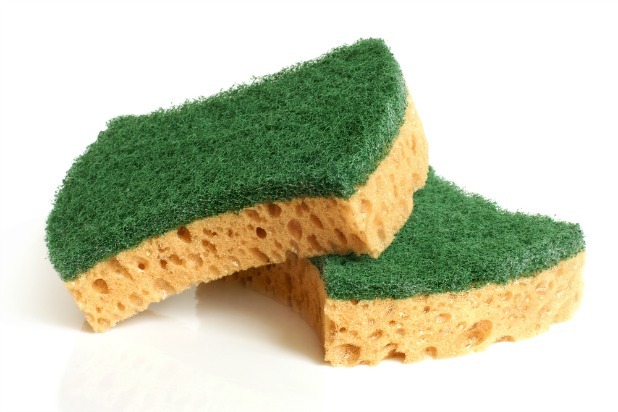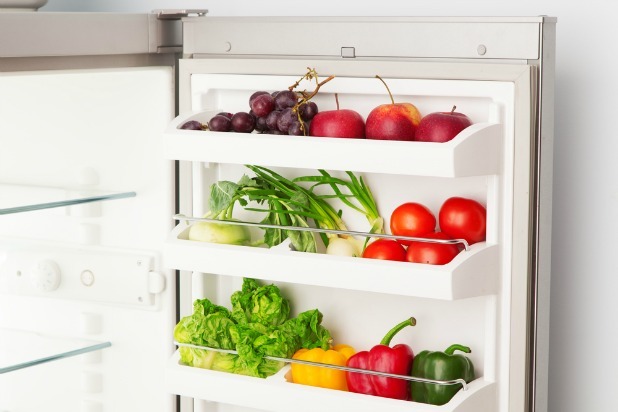11 Sneaky Places Germs Are Hiding In Your Kitchen
The produce drawer in your refrigerator can be contaminated with salmonella, listeria, yeast, and mold. To clean it, remove the drawer from the fridge and wash it in warm, soapy water.
Kitchen Sink
It's no secret; lots of germs are washed down the kitchen sink. Make sure the pathogens don't linger by disinfecting it daily with a solution of bleach and water.
Can Opener
The best way to ensure that salmonella, E.coli, yeast, and mold aren't growing on your can opener is to wash it in the dishwasher after each use. If you don't have a dishwasher, hand-wash after each use but be sure to pay extra attention to the area around the blade.
Rubber Spatula
Check to see if your spatula can be disassembled. If so, remove the handle and wash both pieces in the dishwasher or by hand to remove any E.coli, yeast, or mold that may be present. If the spatula cannot be disassembled, be sure to pay special attention to the area where the two pieces join when washing.
Salt and Pepper Shakers
Because they're handled so frequently, salt and pepper shakers harbor a tremendous amount of germs. The best way to ensure that your salt and pepper shakers are clean is to periodically wipe them down with disinfecting wipes.
Knife Block
Periodically clean your knife block to prevent yeast and mold from thriving. Remove the knives, turn the knife block over to remove any loose debris, and then clean the knife block in hot soapy water using a small brush in each of the slots.
Rubber-Seal Containers
Reusable containers with a rubber seal can harbor salmonella, yeast, and mold. If the rubber seal is removable, remove it before machine or hand washing. If it's not, be sure to pay special attention to the area around the seal when hand washing.
Coffee Reservoir
Mold, mildew, and bacteria can all be hiding in the reservoir of your coffee maker. Clean your coffeemaker according to the manufacturers' instructions frequently; many also recommend using vinegar.
Blender
The blender is another kitchen gadget that needs to be fully disassembled before washing. Be sure to remove the blade and seal from the jar and base before washing to prevent salmonella, E. coli, yeast, and mold from thriving.Be sure to dry each piece thoroughly before reassembling.
Sponges, Rags, and Towels
Your dish sponge, rag, and towels all create an ideal environment for pathogens. Be sure to wash and change your rags and towels frequently and microwave your dish sponge for a few seconds after each use to help disinfect and dry it.
Rubber Seal on Your Refrigerator Door
Much like the rubber seal on food storage containers, the seal around the door of your refrigerator or freezer can harbor harmful bacteria. Remember to clean it periodically with soapy water and then dry it thoroughly with a clean towel.

